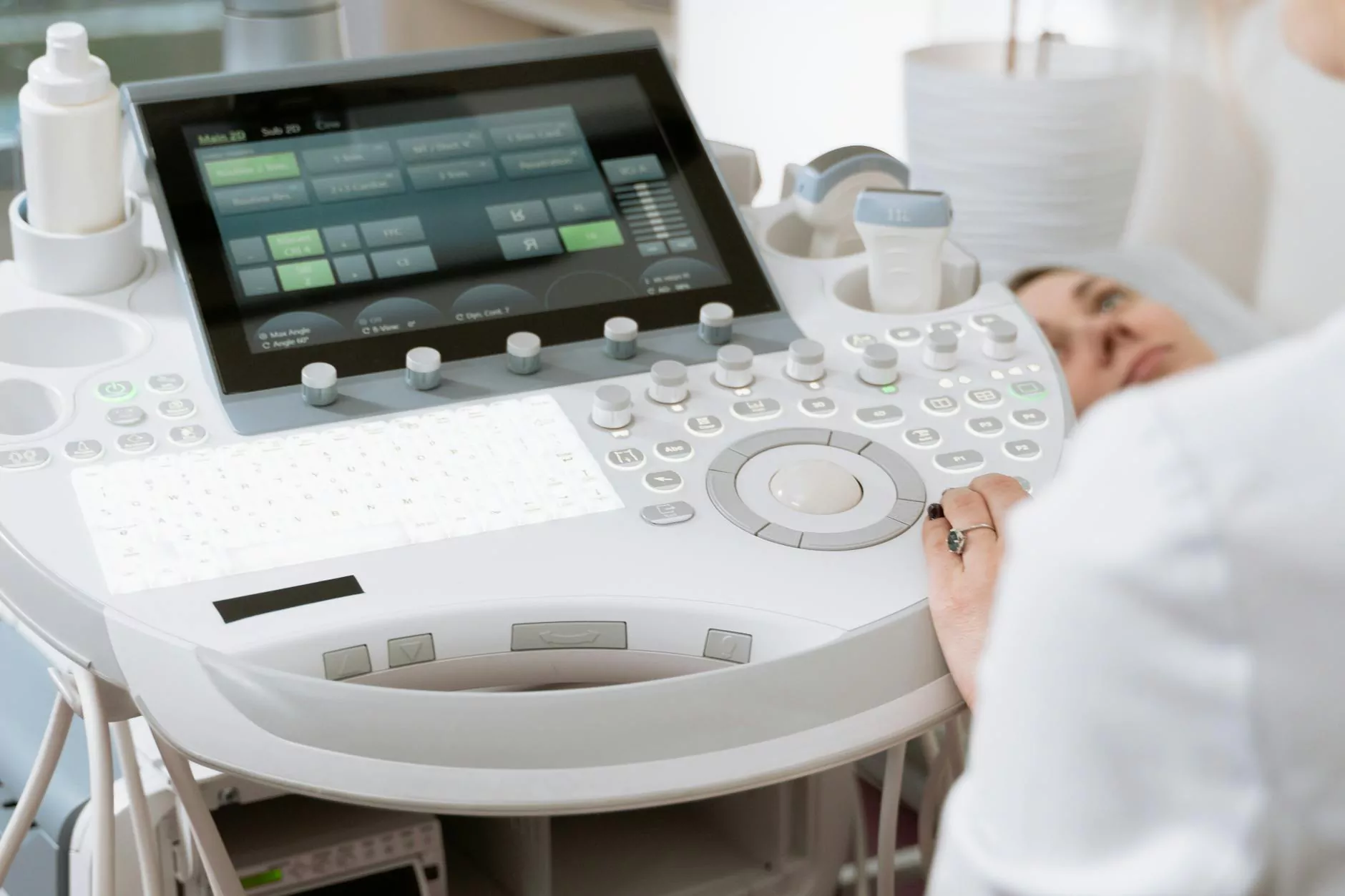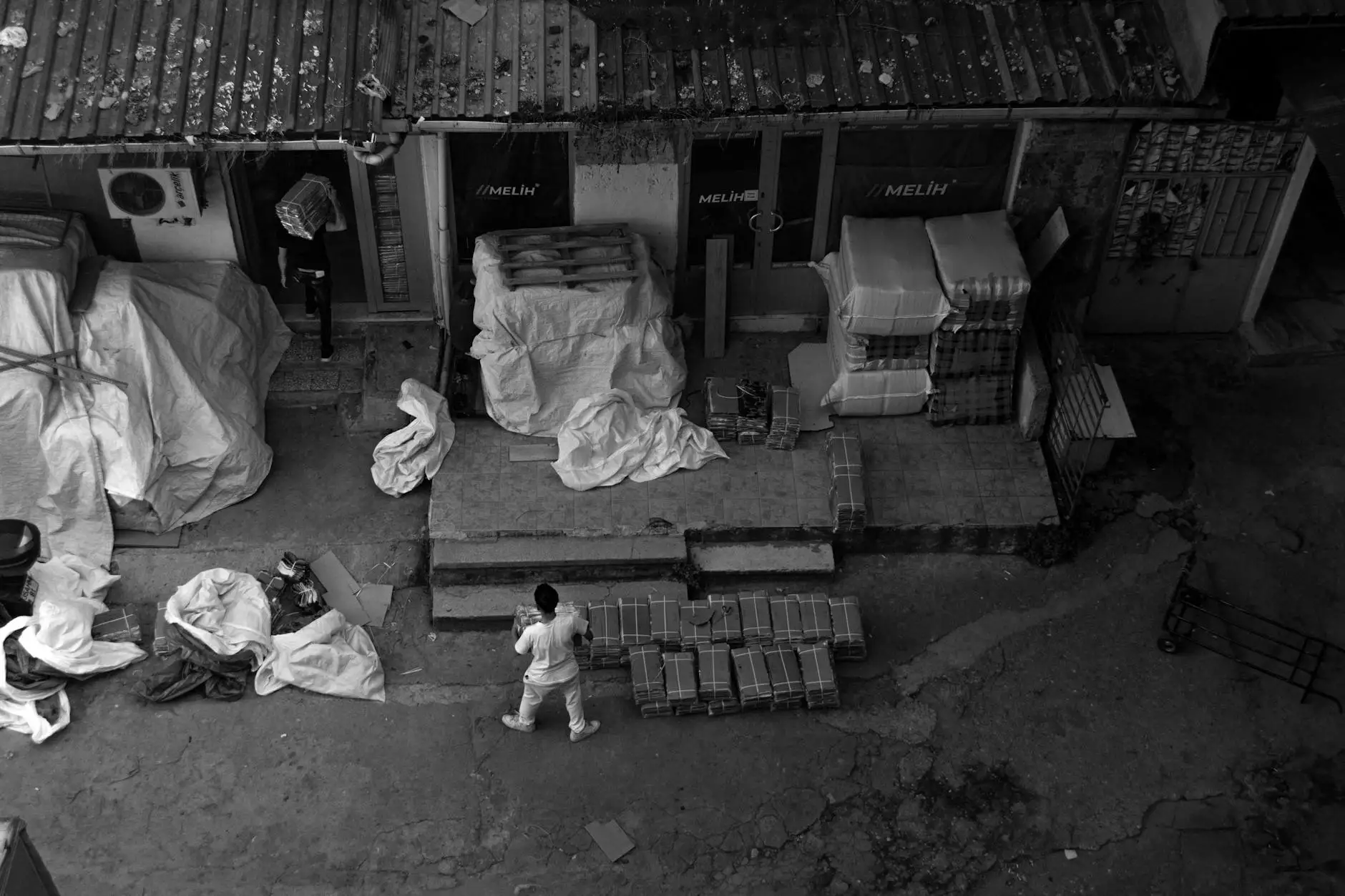The Critical Role of Lung Cancer CT Scans in Modern Medicine

Lung cancer remains one of the most formidable health challenges worldwide. Early detection is crucial for improving treatment outcomes, and one of the most effective tools in detecting lung cancer is the CT scan (Computed Tomography scan). In this article, we will explore what a lung cancer CT scan is, why it’s essential, and how it integrates into the broader scope of health and medical practices.
What is a Lung Cancer CT Scan?
A lung cancer CT scan is a specialized imaging test that provides detailed three-dimensional images of the lungs. This diagnostic tool allows healthcare providers to identify tumors and other abnormalities in the lungs that may not be visible with standard X-rays.
CT scans use a combination of X-rays and computer technology to produce cross-sectional images—or slices—of the lungs. These images are more detailed than traditional X-rays, making it easier to discover early-stage lung cancer.
Why Are Lung Cancer CT Scans Important?
The significance of lung cancer CT scans lies in their ability to improve early detection, which is a key factor in successful treatment. Here are several reasons why lung cancer CT scans are essential:
- Early Detection: Studies have shown that low-dose CT scans can detect lung cancer at an earlier stage compared to traditional methods, leading to significantly improved survival rates.
- High Sensitivity: CT scans are more sensitive in detecting tiny nodules in the lungs, even those that are smaller than 1 cm.
- Guidance for Biopsies: If a suspicious mass is found, CT scans can help guide needles for biopsy procedures, allowing for accurate diagnosis and staging of lung cancer.
- Assessment of Treatment Response: After starting lung cancer treatment, CT scans are used to assess the effectiveness of therapies, allowing for prompt adjustments in treatment plans.
- Monitoring Recurrence: Post-treatment, regular CT scans can help monitor for any signs of cancer recurrence.
The Process of Getting a Lung Cancer CT Scan
If your doctor recommends a lung cancer CT scan, it's essential to understand what to expect in the process:
- Preparation: Generally, no special preparation is needed for a CT scan. However, you may be advised to avoid eating for a few hours before the test.
- Receiving Contrast Dye: In some cases, a contrast dye may be injected into a vein to enhance the images. This helps highlight the blood vessels and any tumors more clearly.
- The Scan: During the scan, you will lie on a cushioned table that slides into a large tube-shaped machine. You may need to hold your breath for a few seconds while the images are taken.
- Duration: The entire procedure usually takes about 30 minutes, with only a few minutes of actual scanning time.
- Post-Scan: After the CT scan, you can resume your normal activities. If you received contrast dye, your doctor may provide specific instructions regarding hydration to help flush the dye from your system.
Understanding CT Scan Results
Once the lung cancer CT scan is complete, a radiologist will analyze the images and prepare a report. This report will include information about:
- Presence of lung nodules or masses.
- Size, shape, and number of nodules.
- Evidence of metastasis (spread of cancer) to nearby lymph nodes or other organs.
Based on the findings, your doctor will discuss next steps, which may include further imaging tests, biopsies, or treatment options.
Advancements in Lung Cancer CT Scanning Technology
Technology in medical imaging is continuously evolving, and CT scans are no exception. Some of the recent advancements include:
- Low-Dose CT Scans: Research has led to the development of low-dose CT scans that significantly reduce radiation exposure while maintaining image quality.
- Artificial Intelligence: AI algorithms are being implemented to help radiologists detect lung cancer more accurately and efficiently by assessing thousands of images in a fraction of the time.
- Integrative Imaging: Techniques that combine CT scans with other imaging modalities (such as PET scans) provide a more comprehensive view of lung health and cancer behavior.
The Role of Physical Therapy and Rehabilitation in Lung Cancer Care
While lung cancer CT scans are pivotal for diagnosis and monitoring, the journey doesn't stop at detection. Comprehensive care for lung cancer patients often includes physical therapy as part of the treatment and recovery process. Here’s how physical therapy plays a vital role:
- Enhancing Respiratory Function: Respiratory physical therapy techniques can help improve lung function and oxygenation, which is crucial for patients undergoing treatments.
- Managing Symptoms: Physical therapists can help manage symptoms such as fatigue, breathlessness, and pain, enhancing overall quality of life.
- Promoting Physical Activity: Exercise programs tailored for lung cancer patients can help maintain fitness levels, improve mood, and support recovery.
Conclusion
The lung cancer CT scan is an invaluable tool that provides vital information for early diagnosis, effective treatment, and ongoing monitoring of lung cancer. As technology continues to advance, the future of lung cancer screening and diagnosis looks promising.
In a world where health concerns increasingly dominate, it’s essential to stay informed about the latest options for early detection and treatment. If you're at risk for lung cancer, speak with your healthcare provider about the benefits of CT scans and how they fit into your overall health strategy.
At Hello Physio, we are committed to providing comprehensive health solutions that encompass physical therapy and rehabilitation, ensuring that you not only detect problems early but also have the support needed to recover effectively.









